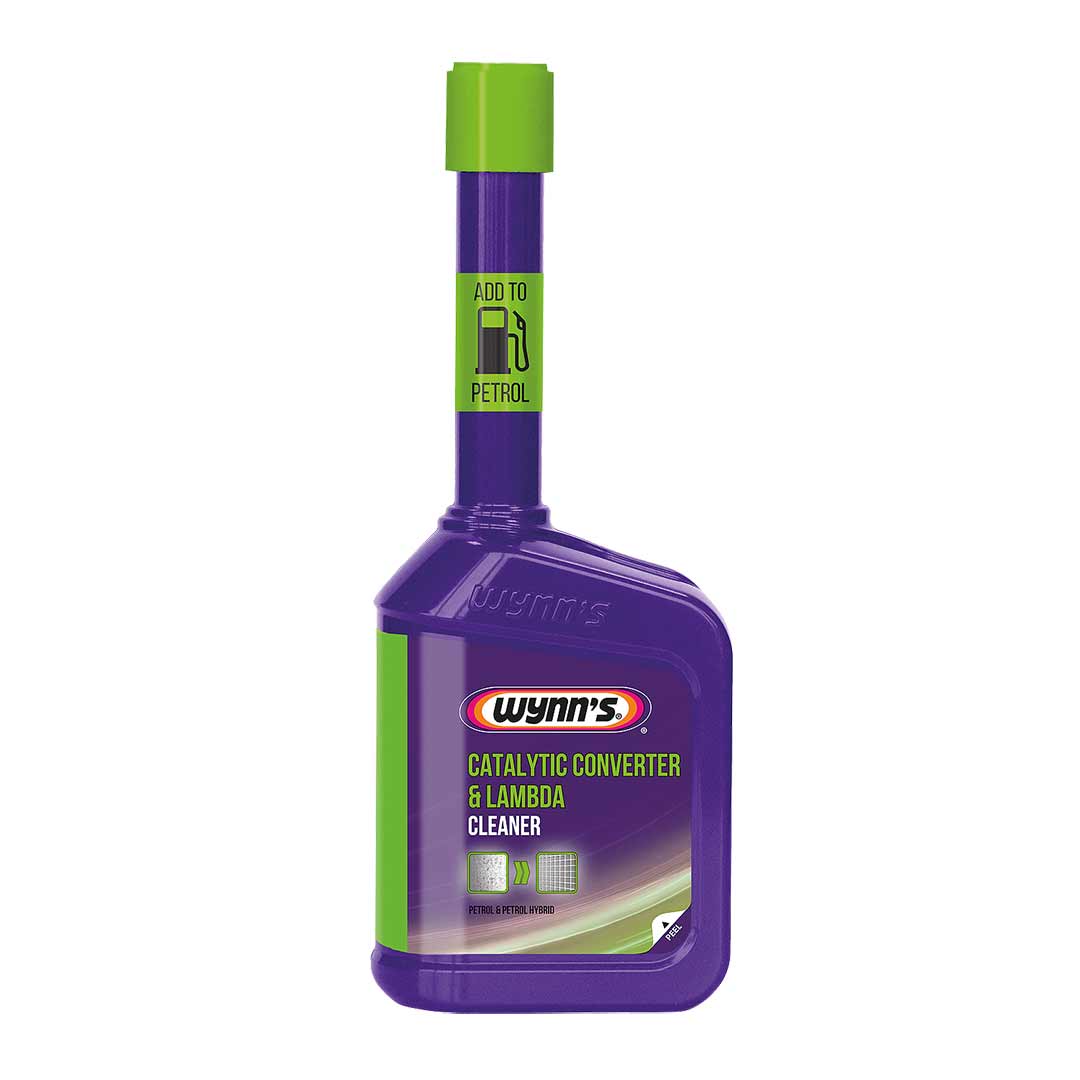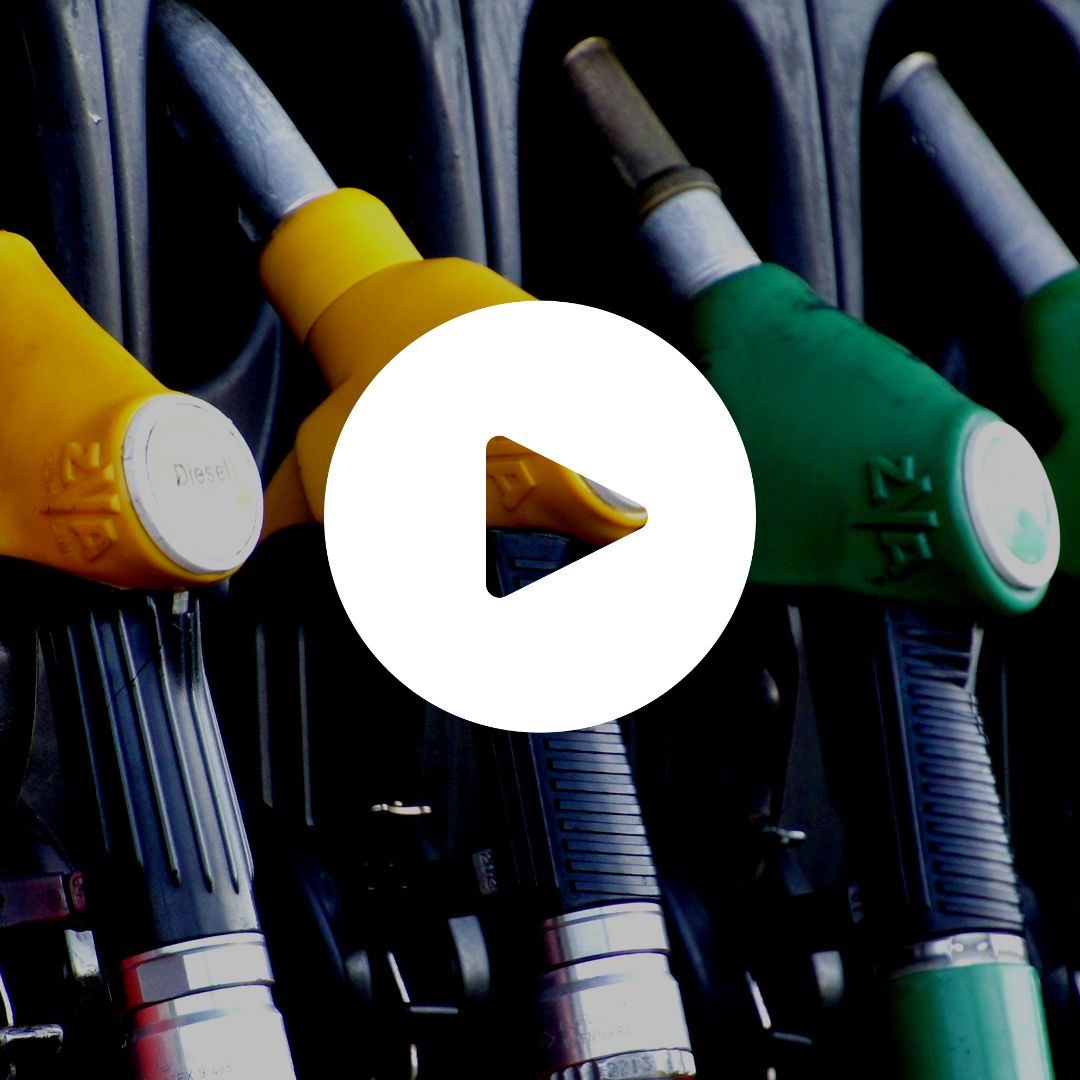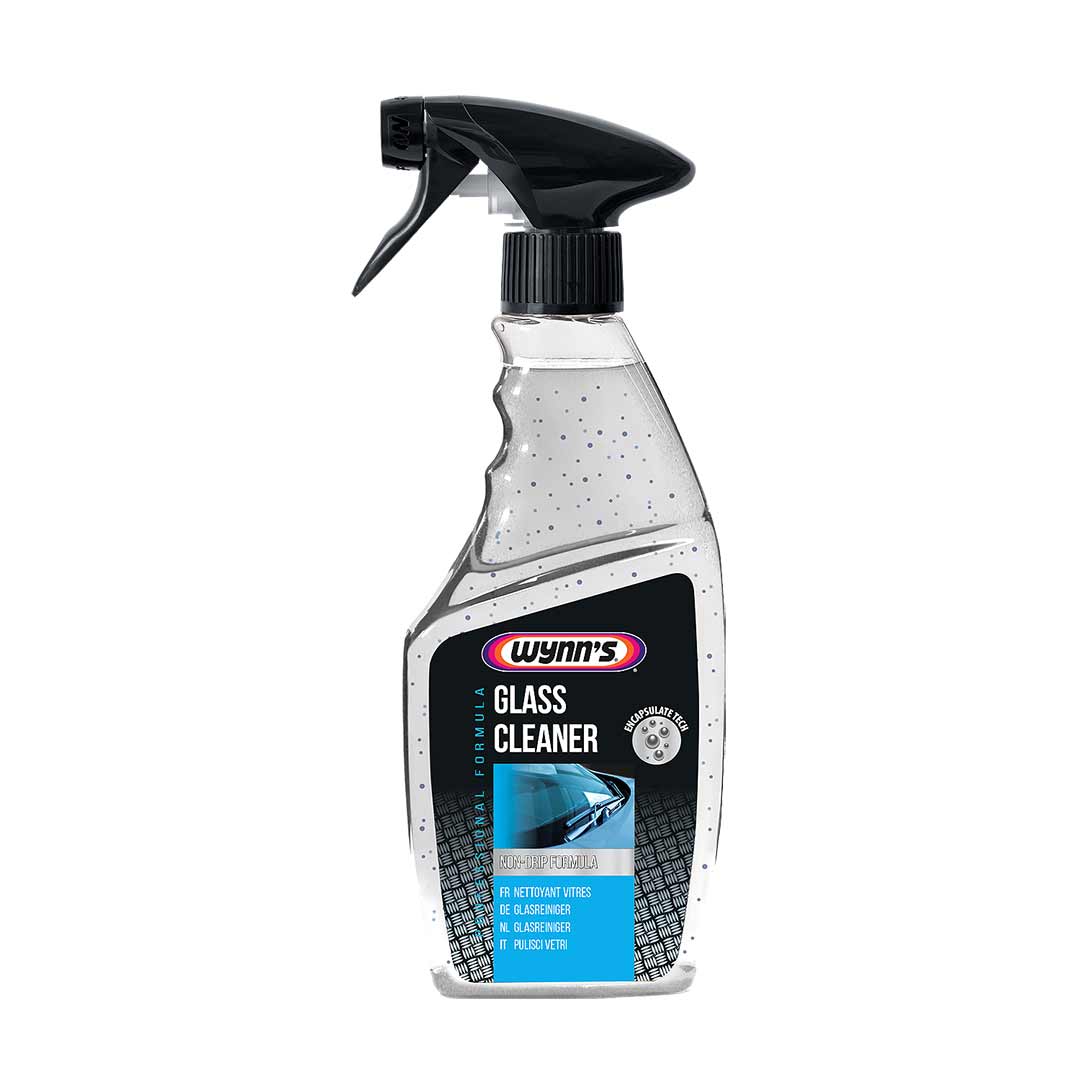Description
- Optimizes the efficiency of the catalytic converter
- Ensure optimal working of the lambda (oxygen) sensors
- Improves cleanliness and reduces emissions
- Restores engine performance
- Especially suited for city driving cycles
Directions
- Add 1 bottle of 325ml to 30 litres of petrol
- Bottle also suitable for capless fuel fillers
What is a catalytic converter and how does it work?
Catalytic converters change harmful substances by chemical reaction into less harmful substances. Carbon monoxide, nitric oxide, nitrogen dioxide and hydrocarbons are produced and passed through a vehicle in exhaust gases. As a result the catalytic converter helps change these substances into carbon dioxide and water vapour.
Blog: Reduce the risk of a virus spreading in your car
A catalytic converter is made up of precious metals such as palladium, rhodium and platinum. Inside, the interior of the catalytic converter is a honeycomb structure coated in a catalyst substance. This creates a reaction with the exhaust gases as a result the chemical structure is changed from a harmful gas into less harmful substances.
Catalytic converters work at high temperatures up to 400 degrees. The catalytic converter is found underneath the vehicle towards the exhaust outlet.
| Usage (m) | Bottles |
|---|---|
| 3,000 > 5,000 | 1 |
| 5,000 > 10,000 | 2 |
| 10,000 > 20,000 | 3 - 4 |






